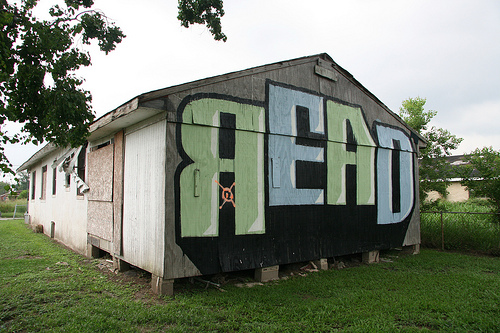
News challenge update: Reading second round proposals, finding trends
Here at Knight News Challenge central, our experienced reviewers are deep into reading and evaluating the applications which advanced to Round 2 of this year’s competition.’ As John Bracken outlined in his recent post, our goal is to winnow the pool down to 50-60 finalists by the end of March or early April.
This year’s 1,641 applications represent all sorts of projects:’new projects, expansion projects, projects that build on prior winners’ technologies, content-focused projects, platform-focused projects, and many more.’ The Knight News Challenge is an innovation contest and that is the single most important criterion against which applications are judged in Round 1.’ It was remarkable and inspiring to see so many types of innovation showcased by the proposals in this year’s pool.’ Process innovation, content innovation, technical innovation; you name it, and I read it. And, applications were again submitted from countries across the world’.Argentina to Armenia to Australia’the Knight News Challenge is truly a global contest.
Equally impressive were the many angles and dimensions to the ideas for advancing the future of news and digitally informing communities.’ A few themes surfaced repeatedly; here are some of the more prominent among them:
-
Mobile in Many Contexts:
- Citizen journalism
- Geo-location-based tools and mapping
- ‘Improving delivery of government services
- Emergency/prevention/disaster relief
- General social good, including various public health and education proposals
- Government 2.0, especially local government 2.0
- Crowd sourcing news, including using SMS where Internet connectivity is not widely available
- Authenticating, verifying, manipulating and updating big data sets: tools and dashboards for journalists to better and more easily distill trends and conclusions from big data sets
- Fact-checking – efforts to help keep’media honest (sometimes combined with crowdsourcing) and accurate, including efforts to counteract censorship
- Data visualization and visually-oriented geographic reporting projects
- Citizen journalism training, particularly in rural parts of the developing world and with SMS components
- Place-based story-telling, with heavy video components
-
Mapping power and influence between people, companies, and institutions and showcasing relationships visually
- Augmented reality
- QR Codes
I look forward to seeing who and what emerges as we move toward the final round of the Challenge. This year’s ultimate finalists and their highly innovative ideas will help shape the methods, matrix, and message of our civil discourse.’ Now, more than ever, that’s a very exciting proposition.
Recent Content
-
Journalismarticle ·
-
Journalismarticle ·
-
Journalismarticle ·


